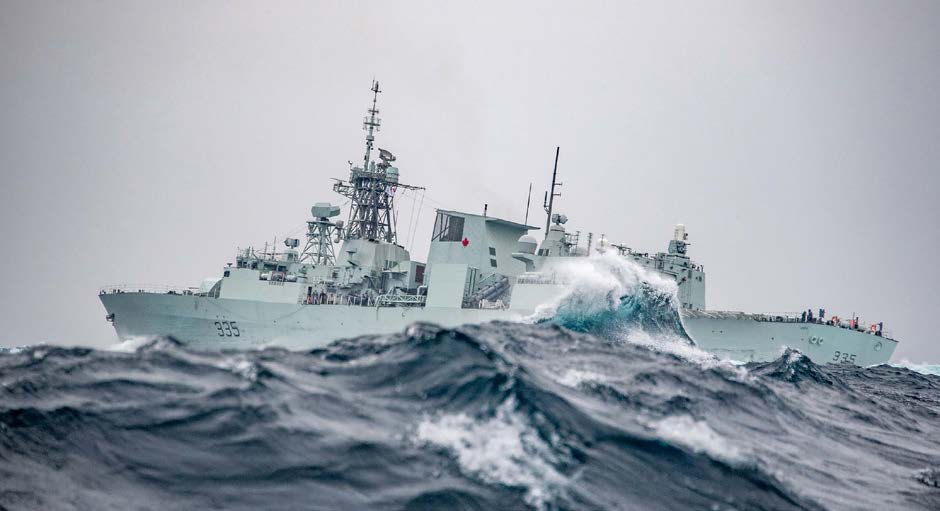Program of Work Updates

Competitive Projects: Fourth Call for Proposals focused on people and technology
The Competitive Projects element launched its Fourth CFP on October 28th, 2020. Seven challenges focused on new technologies that will help create better detection systems, improve command and control capabilities, enhance logistics and protective gear, and improve cybersecurity aboard navy vessels. In addition, a more people-focused challenge looked at potential solutions to integrating soldiers back to civilian life.
In 2020, 283 proposals were submitted as part of this call, with 54 proposals being accepted for funding up to $200,000. The most innovative solutions will be provided an opportunity to advance their projects over a one-year period with an additional $1 million.
Challenges:
- Making Data Make Sense: Real-time Data Analysis for Rapid Decision Making (RCAF)
- Essential Deliveries: Getting Vital Supplies to Troops Using Autonomous Vehicles (ARMY)
- Better Than Meets The Eye: Reliable Object Detection Amongst the Waves (NAVY)
- Armour Up! Modular Lightweight Armour for Land Vehicles (ARMY)
- Navigating Your Next Chapter: The Transition Back to Civilian Life (MPC)
- It’s Not Just Noise: Innovative Tools for Acoustic Sensor Operations (NAVY)
- Knot Vulnerable: Locking Down Cybersecurity on Naval Vessels (NAVY)
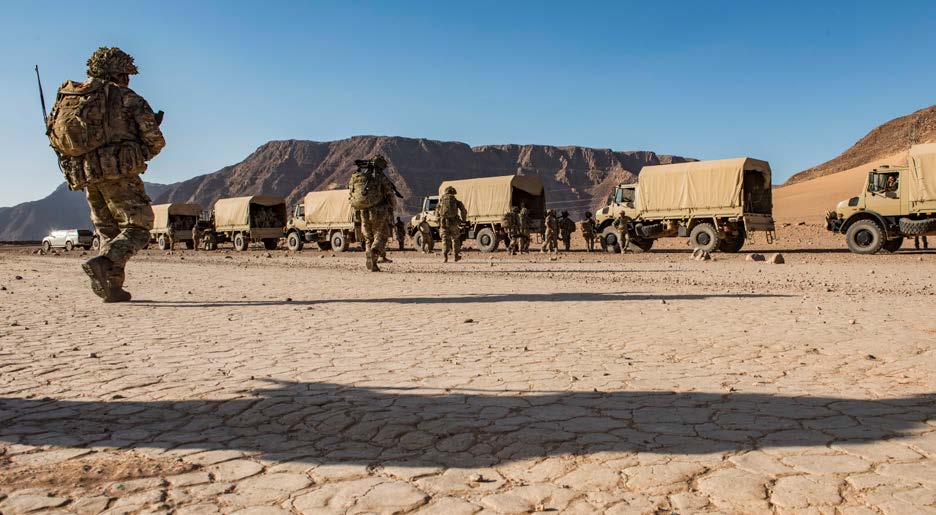
Focus on people: Helping soldiers become civilians again

Technology matters, but people matter most. That’s why we are also testing technologies that help assist soldiers, particularly those who are ill and injured, successfully transition out of military service and back to civilian life.
IDEaS spent over $6 million in funding for projects focusing on people this year alone. Seven innovators were selected to receive the second phase $1 million funding to advance their projects under the challenge Navigating Your Next Chapter: The Transition Back to Civilian.
Since IDEaS launched in 2018, it has invested $27.7 million in 65 projects in the people domain, such as understanding and addressing Post-Traumatic Stress Disorder (PTSD); recruiting, retaining, and reaching 25% representation of women by 2026; predicting and optimizing personnel performance; increasing human performance in extreme climatic environments; respiratory protection for DND/CAF members; innovating beyond the classroom with language learning and retention; and preventing and treating moral trauma on the frontline.
Competitive Projects at a glance for 2020-2021:

Long description of Competitive Projects at a glance
- 11 challenges launched (7 CFP4 challenges + 4 COVID-19 challenges)
- 752 proposals received
- 102 projects signed
- Total funding: over $20 million

Test Drives
IDEaS marked a significant milestone for technology advancement, with its first project completing the Competitive Projects stream, and moving to a Test Drive. This marked the first of what will be many projects making the transition from lab to field testing.
Sapper Labs: Success in the Lab results in a Test Drive
Sapper Labs’ cyber attribution project is the first IDEaS-funded solution to advance to a Test Drive with a contract valued at $7.5 million.
After its first two contracts under the Competitive Projects challenge “Cyber Attribution of Sophisticated Threat Actors in the Defence of Canada”, Sapper Labs built and tested an effective next-generation cyber defence platform capable of detecting and engaging advanced persistent threats with speed and precision. The project advanced from a Proof of Concept (SRL 4) to a Qualified Solution (SRL 8), and has now entered Test Drive where the Canadian Special Operations Forces Command (CANSOFCOM) is currently testing and evaluating the technology in a realistic setting in Ottawa.
The objective of the Test Drive is to validate the cyber attribution capability in a DND/CAF operational setting. Installation, configuration, and training is completed, and operational testing is expected to be completed in 2022.
Sapper Labs is the first of many projects that will emerge from the Competitive Projects stream. The results show that given the right support, innovators can quickly progress solutions through the IDEaS innovation pipeline and will provide solutions to complex problems such as cyber attribution, ultimately benefitting Canadians.
— Eric Fournier, Director General R&D Innovation
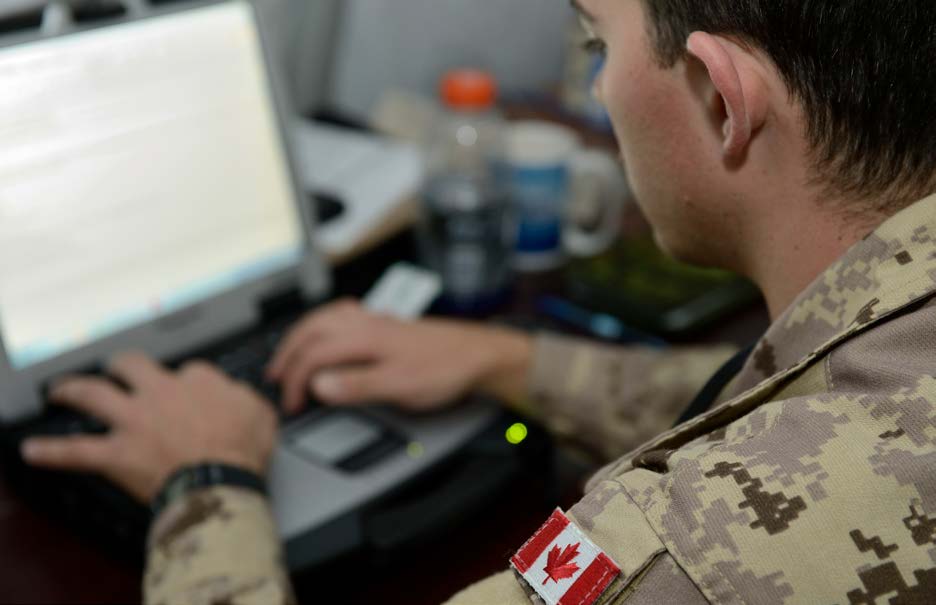
Green Heat Test Drive: Low carbon energy generation for heating existing buildings
Green Heat starts its low-carbon journey
The Test Drive initiated an innovation process with a CFP, starting the journey towards a lower carbon future for DND/CAF.
With the largest real estate portfolio across the Government of Canada, DND/CAF are looking for ways to reduce their carbon footprint. Currently, 60 per cent of the energy requirements in DND facilities is for space heating, 90 per cent of which is generated from the burning of fossil fuels. The challenge is in finding ways to convert these buildings to low-carbon heating without requiring a major building retrofit, which would be cost prohibitive.
In November 2020, IDEaS partnered with Defence Construction Canada to issue an advanced procurement notice for the Green Heat Test Drive CFP, looking for creative energy generation solutions to pair up with existing heating systems to help lower our carbon footprint.
The challenge that IDEaS will pose to innovators is to offer a large-scale, low-carbon energy generation/transfer system for heating existing buildings that can be integrated with current hydronic heat distribution systems. The call for proposals is scheduled to open in July 2021.
The winning bidder will be announced in spring 2022, and the project will be installed and operated by the innovator at Canadian Forces Base Kingston. Running for three years, the goal is to reduce energy used for heating by burning of fossil fuels by 90 per cent below 2005 levels by 2050.
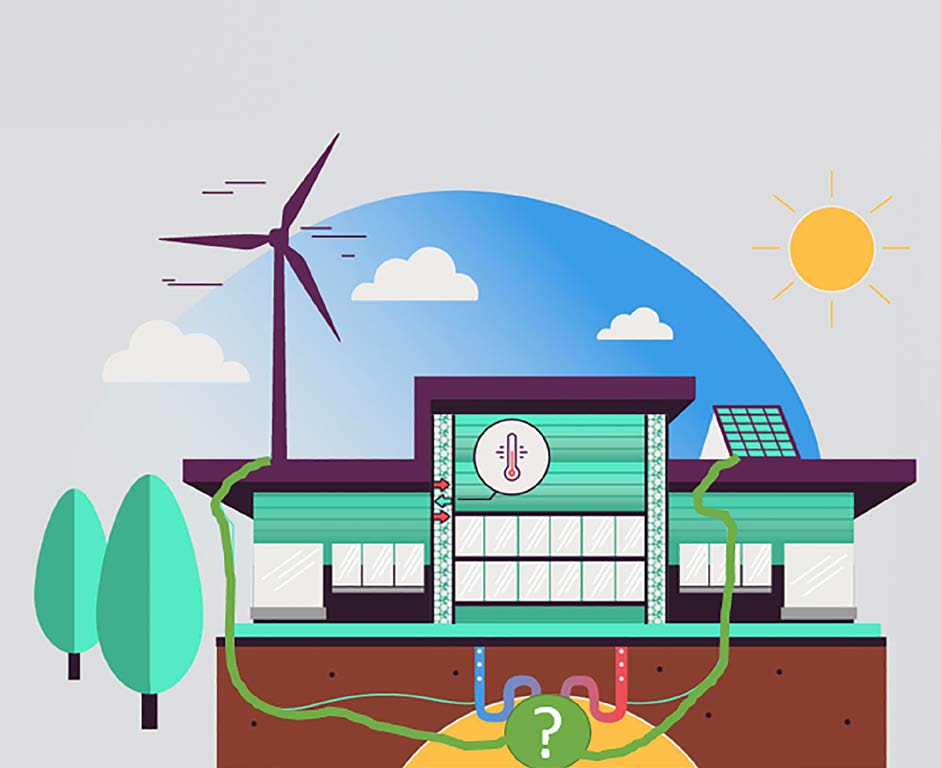

Innovation Networks: Advanced Materials and Autonomous Systems
Innovation Networks is fostering the ability to do some blue sky research. Creating research clusters of likeminded researchers, called “Micro-nets”, has allowed them to tackle more complex challenges in current and future defence and security domains. The purpose of this effort is to bring key scientific communities together to collaborate, develop knowledge and advance R&D that is critical to DND/CAF. Through Innovation Networks, Micro-nets and the Defence Team are provided the opportunity to work together on innovative solutions which can improve our capabilities to protect, secure and defend Canada and its citizens.
Bringing together advanced concepts and thinking in Spring 2021, the Innovation Networks Annual Symposium brought Micro-nets together for the first time to present their research on the Advanced Materials and Autonomous Systems challenges.
- The annual symposium is a unique opportunity for Micro-nets to present the progress of their research to the DND/CAF stakeholders, DRDC staff, the innovation community, as well as to each other.
- The Micro-nets are not quite at the halfway point of their projects, but they already have given us a taste of where the research is going, and many interesting applications are on the horizon.
- The Micro-nets are showing us the importance of interdisciplinary research teams: researchers don't have time to learn about all the individual fields, but by working together, they can bring the knowledge from multiple different areas.
Working together, innovators are making meaningful advances in this body of knowledge, addressing the challenge in a more meaningful and impactful way.
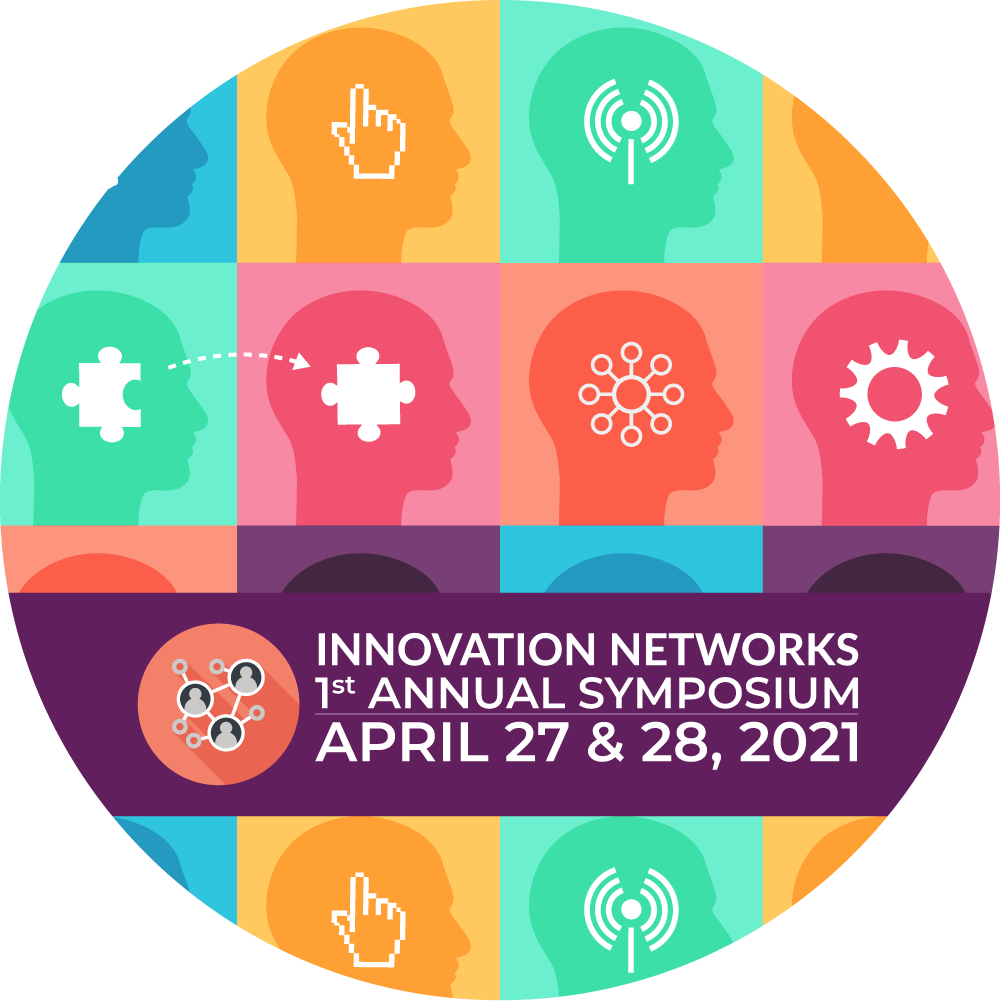

Contests: Pop-up city Pitch Event heats things up
Contests are a way to find innovative solutions to defence and security challenges using competition as a motivator. From pitch events to hack-a-thons, contests are designed to get the best results to the challenges identified by the DND/CAF. The format can vary, but the goal remains the same: to attract a greater number of participants and reward the best solutions.
When the Contest launched in 2018, it began charting a long-term path to sustainability for temporary camps. We called on innovators to propose and develop solutions that provide energy, water and waste management systems for the CAF’s relocatable temporary camps deployed in national and international operations.
Round one identified technologies in the energy, water, and wastewater domains. Round two’s partnering event brought teams together to produce an integrated solution for the whole concept.
Teams were set to pitch their concepts at the Pitch Event. However, as with most things in 2020, the pandemic had other plans. Pivoting to a virtual platform, the Pitch Event brought together judges and contestants from across all of government and Canada. Six proposals on how to best integrate water, wastewater and energy systems were shared at a competitive, pitch-style event, putting the best ideas forward.
Three $1.5 million prizes will be awarded to build a prototype of their integrated systems. The results of the pitch event will mean real world application of the proposed technologies and systems.
The multi-year process will allow for these three semi-finalists to build and test their prototypes. They will compete for a $2 million grand prize in Round 4, with an end goal of finalizing a solution for a better water, waste, and energy management system for relocatable temporary camps used by the CAF. In this last round, the teams will build a working prototype to be tested on site at a CAF facility with a goal of reducing water and energy consumption and waste by at least 33%.
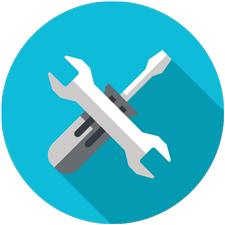
Sandbox: Corrosion Detection in Ships re-launch
Sandboxes are opportunities for innovators to get their products and services in front of national defence experts and demonstrate their capabilities. Innovators receive observational feedback from DND, CAF experts and potential users.
Due to its hands-on nature, the Sandbox element relies heavily on in-person participation. Demonstrations are experiences where innovators are given real world scenarios and equipment to test their technologies. They require DND/CAF personnel present, observing and working in close quarters in most cases.
When the Sandbox re-launched in 2020, hopes were high that the pandemic would be well on its way to being over, and several applications were received and ready to go. Unfortunately, due to COVID-19 restrictions, all Sandbox activities were postponed until a safe environment could be created for participants and DND/CAF staff. The Sandbox element will re-launch the Corrosion Detection in Ships Sandbox which was forced to shutter operations. The Sandbox team is preparing to host the Sandbox in the spring of 2022.
Corrosion Detection in Ships
The Challenge:
“How might we detect and assess corrosion behind surface coatings (such as paint, insulation, tiles, seamless decking…) onboard Royal Canadian Navy (RCN) platforms in order to reduce corrosion’s operational impact and improve the effectiveness of scheduled and unscheduled maintenance?”
The Goal:
Implement a functional solution for rapidly and easily detecting and informing the operators and engineers of all corrosion in a vessel while it is in operational use in a non-destructive manner that does not rely on human visual inspection or the removal of equipment. That information can then be used for unscheduled but required repairs, and planning for major work.
